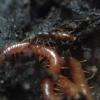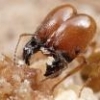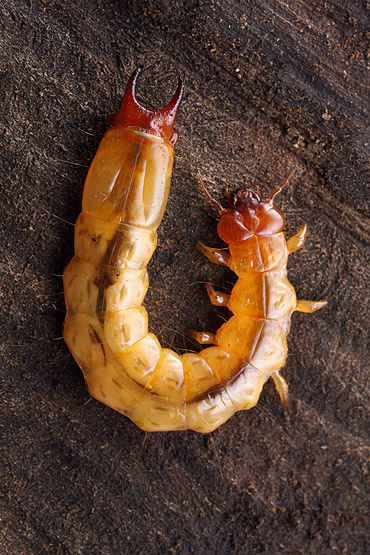Found them under dead logs. The millipedes I'm familiar with, but never bothered figuring out what they are. The other "things" I assume are a beetle larva, in that case I want to keep them as they are abundant at my forest.


Feel free to ask questions!




















